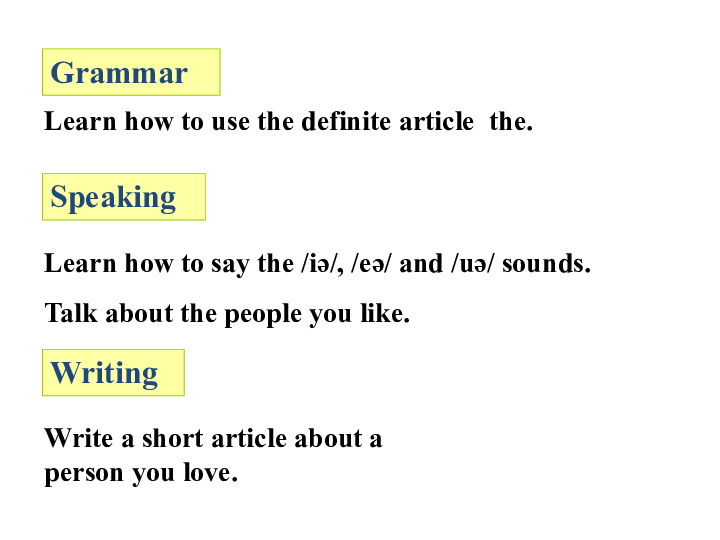How Far Does a 223 Round Travel: Maximizing Range and Accuracy
Guide or Summary:223 Rifle CartridgeFactors Influencing RangeOptimizing Muzzle VelocityChoosing the Right BulletEnvironmental Conditions223 Rifle CartridgeT……
Guide or Summary:
- 223 Rifle Cartridge
- Factors Influencing Range
- Optimizing Muzzle Velocity
- Choosing the Right Bullet
- Environmental Conditions
223 Rifle Cartridge
The 5.56x45mm NATO cartridge, commonly known as the 223 round, is a staple in military and civilian firearms due to its versatility, reliability, and effectiveness. This cartridge has been used in a variety of weapons, including rifles, carbines, and machine guns. Despite its small size and relatively low muzzle velocity compared to other rifle cartridges, the 223 round is capable of delivering impressive performance on the battlefield and in hunting scenarios.
Factors Influencing Range
The distance a 223 round travels is influenced by several factors, including the rifle's barrel length, the bullet's weight, the muzzle velocity, and environmental conditions. A longer barrel can increase the muzzle velocity, which in turn enhances the bullet's range. Conversely, shorter barrels can reduce muzzle velocity, leading to a shorter travel distance.

The weight of the bullet also plays a significant role in determining range. Heavier bullets tend to have a longer range due to their increased momentum. Similarly, environmental conditions such as wind, humidity, and temperature can affect the bullet's trajectory and range.
Optimizing Muzzle Velocity
Muzzle velocity is a critical factor in determining the range of a 223 round. A higher muzzle velocity means the bullet will travel farther before losing its energy and falling to the ground. To optimize muzzle velocity, it's essential to consider the rifle's barrel length, the chamber pressure, and the bullet's weight.

Choosing the Right Bullet
The choice of bullet can significantly impact the range and accuracy of a 223 round. Lighter bullets, such as the 55-grain bullet, have a higher muzzle velocity and can travel farther than heavier bullets. However, heavier bullets, like the 62-grain bullet, are better suited for hunting scenarios where penetration and terminal performance are critical.
Environmental Conditions
Environmental conditions can significantly affect the range and accuracy of a 223 round. Wind can cause the bullet to drift off course, while humidity and temperature can impact the bullet's trajectory and range. To mitigate these effects, it's essential to use proper windage and elevation adjustments and to practice shooting under various environmental conditions.

The 223 round is a versatile and reliable cartridge that can deliver impressive performance on the battlefield and in hunting scenarios. The distance a 223 round travels is influenced by several factors, including the rifle's barrel length, the bullet's weight, the muzzle velocity, and environmental conditions. By optimizing these factors and choosing the right bullet, shooters can maximize the range and accuracy of their 223 rounds. Whether used in military or civilian applications, the 223 round continues to prove its worth as a versatile and reliable cartridge.